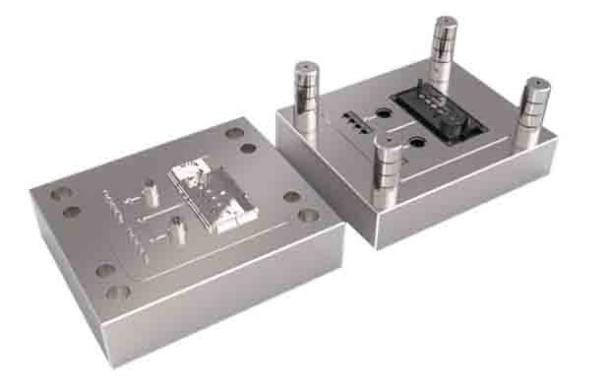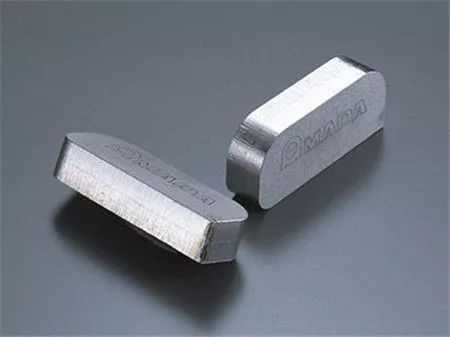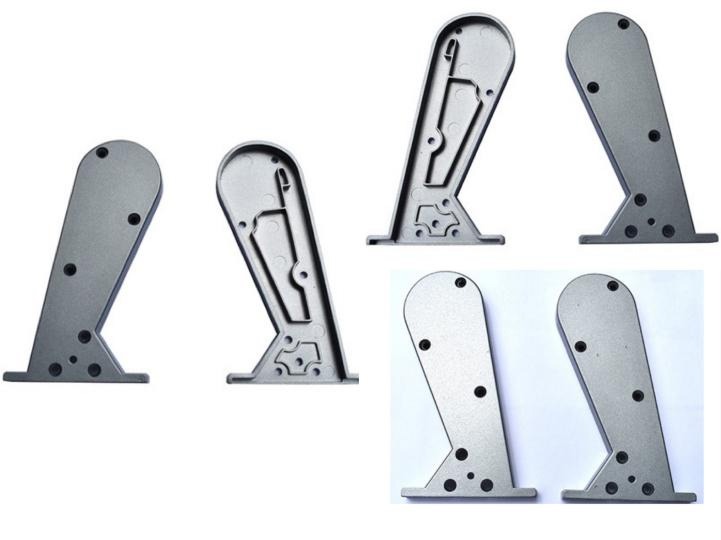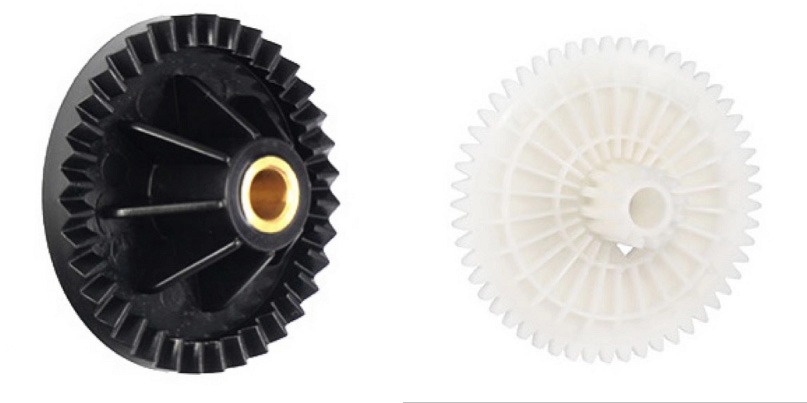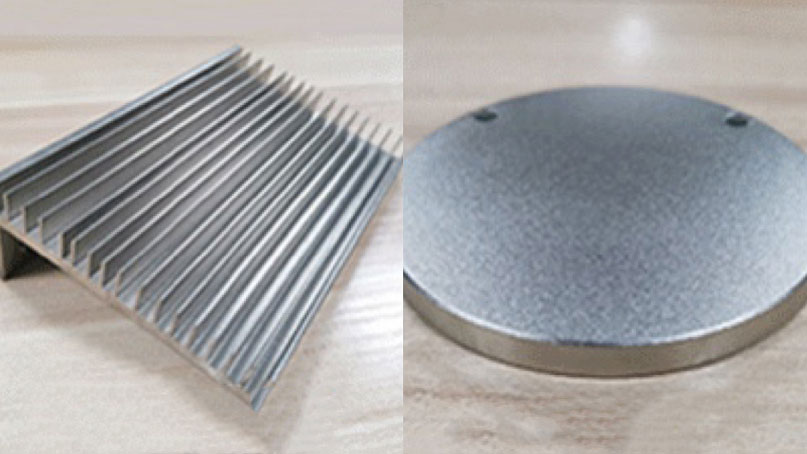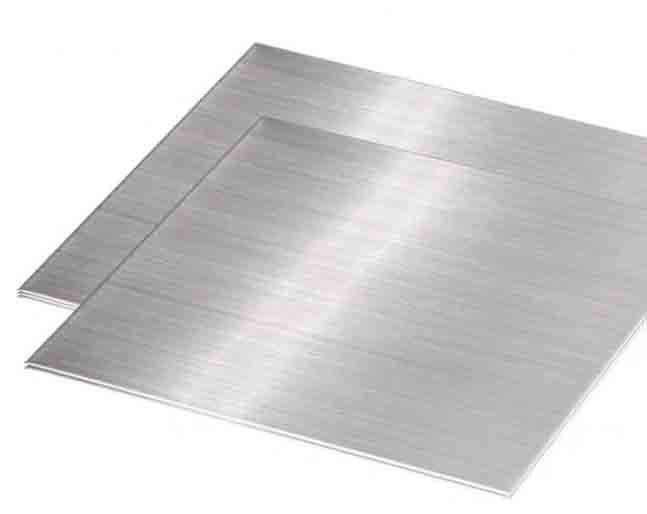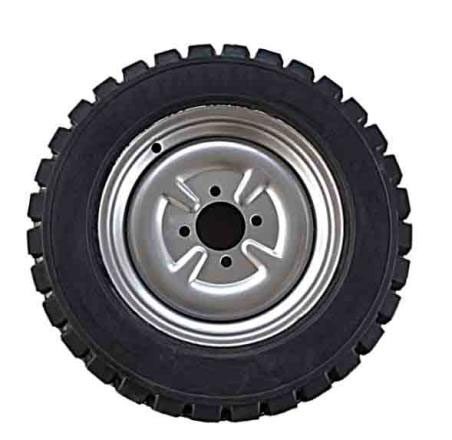This article will introduce some common stainless steel surface finishing processes, as well as some stainless steel surface problems and treatment methods.
Introduction to Surface Finishing
Surface finishing is a process method that artificially forms a surface layer on the surface of the base material that is different from the physical and chemical properties of the base.
The purpose of surface finishing is to meet the requirements of corrosion resistance, wear resistance, decoration, or other special functions of the product. Our more commonly used surface finishing methods for metal castings are mechanical grinding, chemical treatment, surface heat treatment, and spraying the surface.
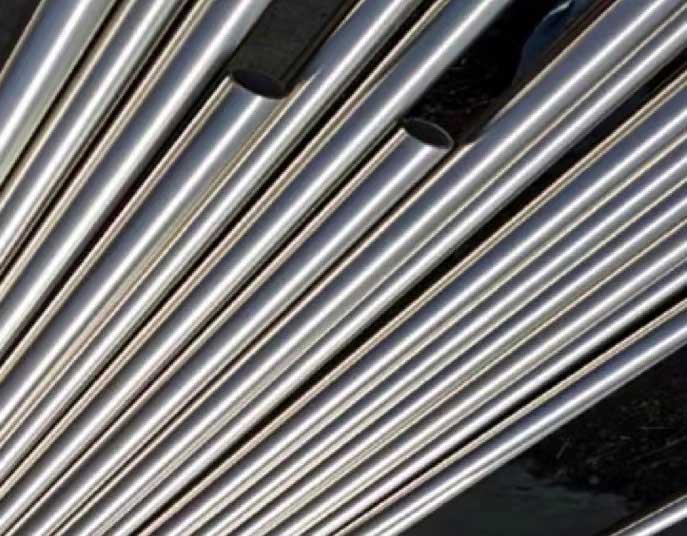
Introduction to Stainless Steel
Stainless steel is the abbreviation of stainless acid-resistant steel, and the type of steel that is resistant to weak corrosive media such as water, air, and steam or has stainless properties is called stainless steel. The steel that is resistant to chemical corrosion media, acid, alkali, salt, and other corrosion is called acid-resistant steel.
The difference in chemical composition makes the corrosion resistance of the two different. Ordinary stainless steel is generally not resistant to chemical media corrosion, while acid-resistant steel is generally stainless.
Generally speaking, the hardness of stainless steel is higher than that of aluminum alloy. At the same time, the cost of stainless steel is also higher than that of aluminum alloy.
Stainless steel has weldability, corrosion resistance, polishability, heat resistance, and corrosion resistance. Stainless steel can achieve different effects through different surface treatment processes. For example, polishing, electroplating, and coloring stainless steel can increase the wear resistance or decorative properties of stainless steel.
The basic surface treatment of stainless steel can be divided into the following three major aspects.
The Basic Surface Treatment of Stainless Steel
1. Mechanical Surface Treatment
- Polishing
Polishing can improve the roughness of the stainless steel surface. A highly smooth and glossy appearance can be achieved by polishing the parts to finish stainless steel products.
- Drawing Process
The surface wire drawing process is to form lines on the surface of the workpiece by grinding the product, thereby playing a decorative role.
In the process of wire drawing, it is necessary to use abrasive materials of appropriate particle size, and different particle sizes have different effects. The coarser the particle size, the stronger the metallic feeling. The finer the particle size, the finer the product.
Due to the difference between artificial force and speed of back and forth, it isn’t easy to ensure the consistency of texture direction and color. Therefore, the portable wire drawing machine will be replaced by a triangular wire drawing machine or a special wire drawing machine. The outer surface of the brushed stainless steel products should be flat, without scratches, with no obvious traces of patching and clear texture.
- Mirror Treatment
The mirror-finished surface has no directional texture, high reflectivity, clear images, and does not leave any scratches. Mirror stainless steel plate is widely used in molded plates or high-grade decorative plates.
For parts with simple shapes, they can be directly processed through market-purchased mirror panels. If it is a part with a complex shape, it can be assembled and welded, and then the surface is polished to a mirror surface.
2. Anti-Fingerprint Treatment
For treated stainless steel products, it is easy to adhere to dust and oil, and finger touch will leave traces, which directly affects the appearance quality of stainless steel products. Therefore, anti-fingerprint treatment should be performed on pre-treated stainless steel products. Generally, passivation, electrolytic polishing and anti-fingerprint paint are used.
- Passivation
For complex parts, one of the most common methods is pickling passivation in an acid mixture. If the area on the part to be pickled is small or the part is very bulky, pickling paste can be used for pickling passivation.
- Electrolytic Polishing
Electrolytic polishing, also known as electrochemical polishing, uses the workpiece to be thrown as the anode, the insoluble metal as the cathode, and the two poles are immersed in the electrolytic cell at the same time. A method of selectively dissolving the anode by applying direct current, so that the anode is preferentially dissolved to form a bright and smooth surface.
At present, the electropolishing process is widely used in tableware, medical equipment and some household appliances and other industries. Electrolytic polishing is a better choice for processing high-grade stainless steel products.
- Apply Anti-Fingerprint Paint
Anti-fingerprint treatment can be done on stainless steel products with anti-fingerprint paint. Anti-fingerprint paint is widely used in the elevator industry and home appliance industry.
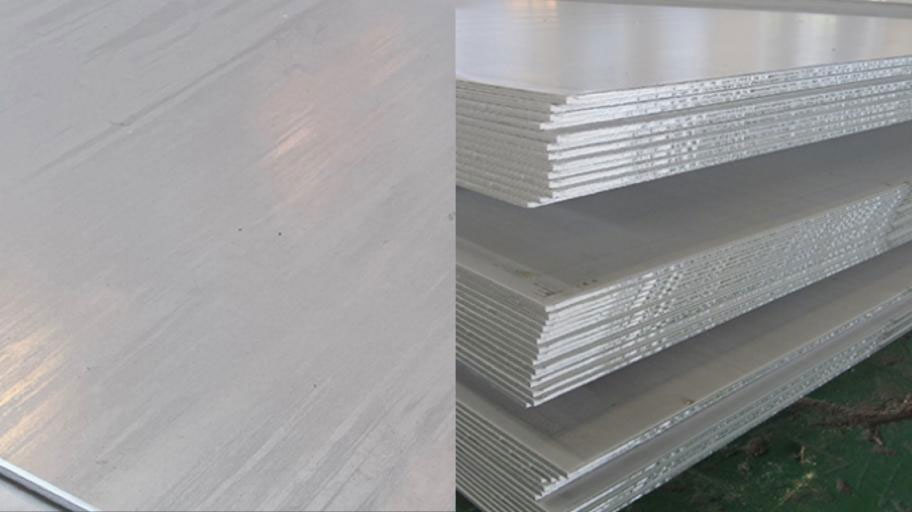
Common Stainless Steel Surface Problems and Treatment Methods
1. Surface Rust
When the stainless steel surface is stained with scale or rust, it is also easy to cause surface rust.
Approach:
(1) Full pickling passivation of stainless steel.
(2) Remove rust with stainless steel rust remover or rust remover paste, rinse thoroughly with clean water, and dry.
(3) After the stainless steel surface is dry, apply for brush protection.
2. Bubbles
The molten steel contains a large amount of gas, and when the molten steel solidifies, the gas is discharged to form bubbles. During condensation, the gas is released from the liquid metal due to the sharp decrease in solubility with decreasing temperature. If the molten metal that has not yet solidified at this time is surrounded by a solidified shell, the escaped gas cannot be excluded, and it is wrapped in the metal to form pores. Usually, the internal bubbles can be welded after the billet is rolled. However, some subcutaneous bubbles are close to the surface. When heated, when the surface of the billet is oxidized or burned, the subcutaneous bubbles will be exposed, oxidized, and cannot be welded, resulting in cracks.
Approach:
Use a dry and clean charge, and the refractory material in contact with molten steel should be dry. The coating is thin and uniform, and accumulation is strictly prohibited.
3. White Dot
White spots are actually tiny cracks. White spots will become the source of cracks in the future, which is more harmful to the steel.
Approach:
(1) Keep the raw materials dry. Use low-rust, high-quality scrap steel to keep the gating system dry.
(2) Starting from the smelting process, the composition of hydrogen in the steel is reduced. Strictly control the steelmaking operation process, achieve high-temperature oxidation, good boiling, and strictly control the amount of deoxidation to ensure the removal of hydrogen and reduce inclusions.
(3) Strictly control the steelmaking operation process, and under the condition of good equipment conditions, out-of-furnace refining or vacuum treatment can be considered.
4. Pitted
Uneven rough surfaces or pits on the surface of stainless steel products. The pitting will significantly reduce the rust resistance and heat resistance of stainless steel, and the polished surface will not be bright and consistent.
Approach:
(1) When making stainless steel castings, neutral refractory materials should be used, and acid refractory materials should not be used.
(2) Prevent and reduce metal oxidation. Use rapid smelting as much as possible to reduce metal oxidation. Casting is carried out in a reducing atmosphere. If necessary, vacuum melting and pouring are used.
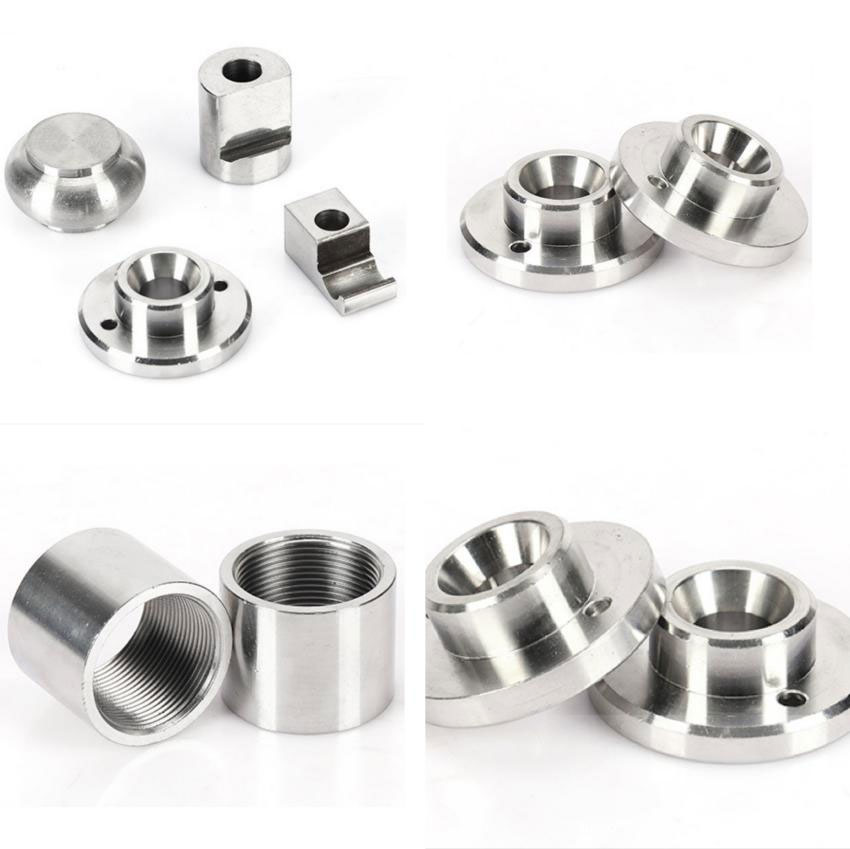
Conclusion
JTR can provide various surface treatments such as anodizing, powder coating, chromed & galvanized, logos & symbols. If you need it, please contact us.


